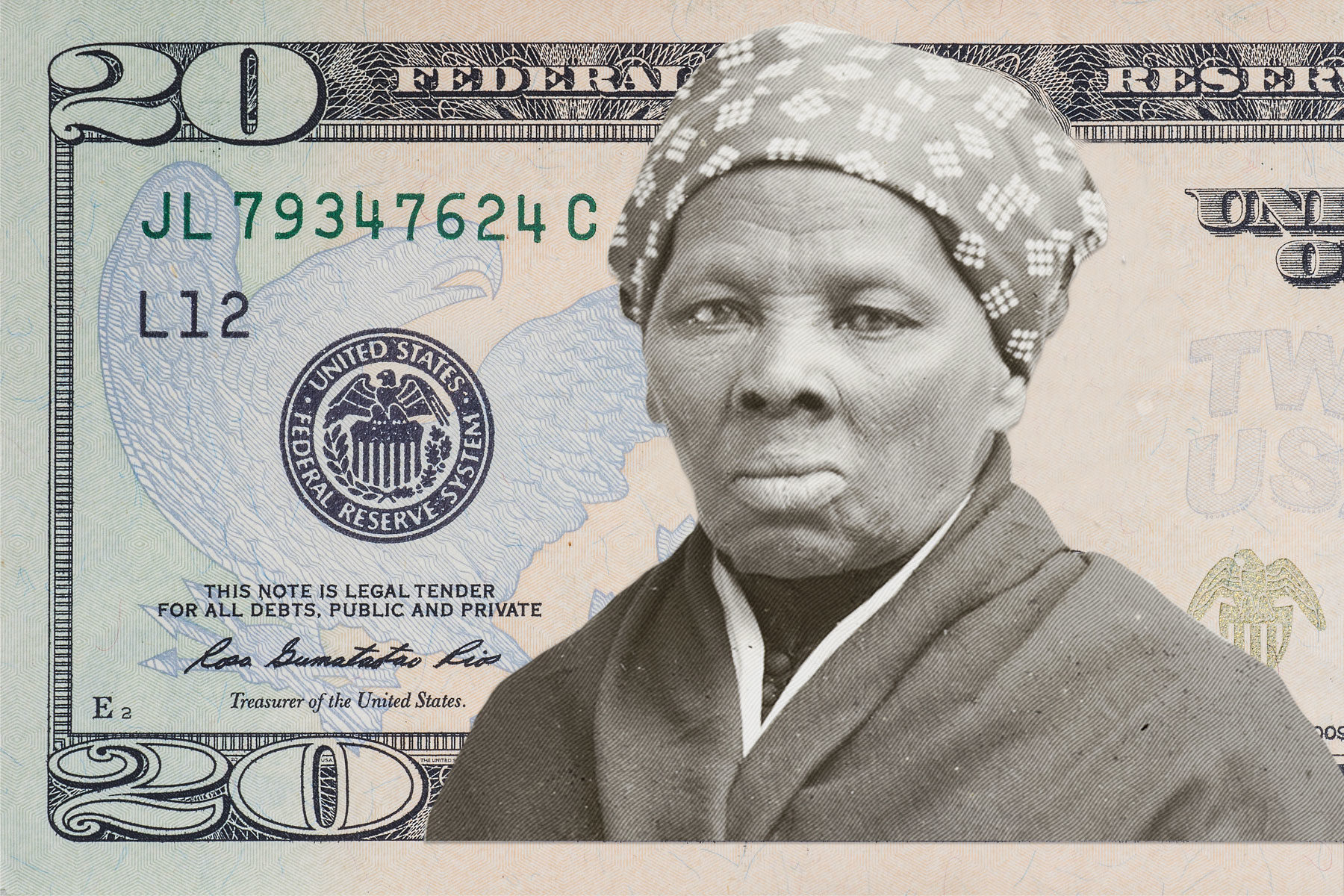Millions of people have expressed support for putting Harriet Tubman’s face on the bill. But many still aren’t familiar with the story of Tubman’s life, which was chronicled in a 2019 film, “Harriet.”
Tubman’s early life
Tubman was born Araminta Ross in 1822 on the Eastern Shore of Maryland. When interviewed later in life, Tubman said she started working as a housemaid when she was 5. She recalled that she endured whippings, starvation and hard work even before she got to her teenage years. Tubman’s Christian faith tied all of these remarkable achievements together. She grew up during the Second Great Awakening, which was a Protestant religious revival in the United States.
A number of Black female preachers preached the message of revival and sanctification on Maryland’s Eastern Shore. She came to understand that women could hold religious authority. Historian Kate Clifford Larson believes that Tubman drew from a variety of Christian denominations, including the African Methodist Episcopal, Baptist and Catholic beliefs. Like many enslaved people, her belief system fused Christian and African beliefs. Her belief that there was no separation between the physical and spiritual worlds was a direct result of African religious practices. Tubman literally believed that she moved between a physical existence and a spiritual experience where she sometimes flew over the land.
An enslaved person who trusted Tubman to help him escape simply noted that Tubman had “de charm,” or God’s protection. Charms or amulets were strongly associated with African religious beliefs.
A horrific accident is believed to have brought Tubman closer to God and reinforced her Christian worldview. Sarah Bradford, a 19th-century writer who conducted interviews with Tubman and several of her associates, found the deep role faith played in her life.
When she was a teenager, Tubman happened to be at a dry goods store when an overseer was trying to capture an enslaved person who had left his slave labor camp without permission. The angry man threw a 2-pound weight at the runaway but hit Tubman instead, crushing part of her skull. For two days she lingered between life and death.
The injury almost certainly gave her temporal lobe epilepsy. As a result, she would have splitting headaches, fall asleep without notice, even during conversations, and have dreamlike trances. As Bradford documents, Tubman believed that her trances and visions were God’s revelation and evidence of his direct involvement in her life. One abolitionist told Bradford that Tubman “talked with God, and he talked with her every day of her life.” According to Larson, this confidence in providential guidance and protection helped make Tubman fearless. Standing only 5 feet tall, she had an air of authority that demanded respect.
Once Tubman told Bradford that when she was leading two “stout” men to freedom, she believed that “God told her to stop” and leave the road. She led the scared and reluctant men through an icy stream – and to freedom. Harriet Tubman once said that slavery was “the next thing to hell.” She helped many transcend that hell.





